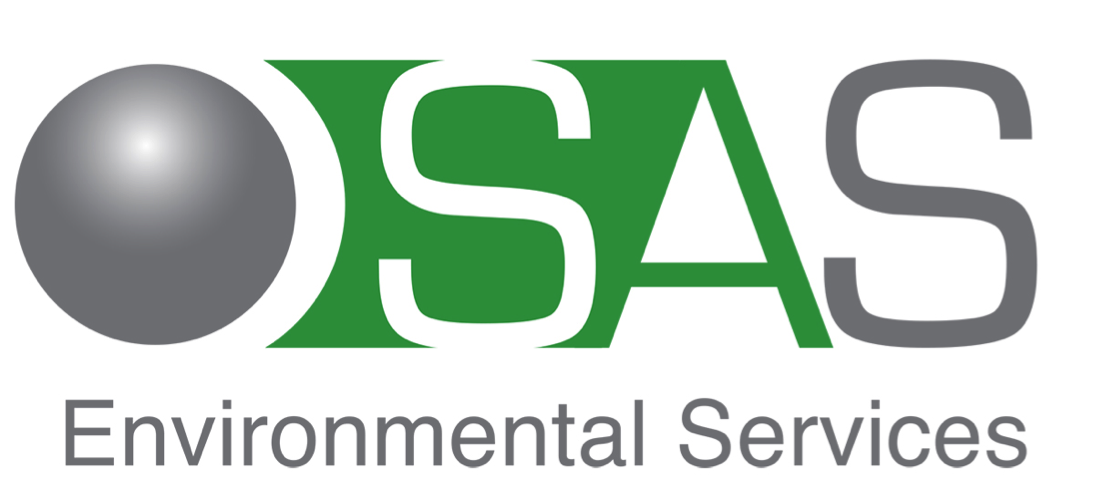Case Study: Offshore Supply Vessel Cleaning
/A service company, based in the Gulf of Mexico, that provides dockside cleaning of offshore supply vessels (OSV) used 5 bbl of SAS PitClean 102C product to clean 4 x 600 bbl tanks in 4 hours and recover over $15,000 worth of oil.
The Problem:
The OSV had been decommissioned due to extensive clogging of the gun-lines from previous attempts to lance the vessel using competing cleaning products. The service company's client was extremely anxious to get their vessel back in service as soon as possible, fully cleaned with all trace of drilling fluid and mud removed.
The OSV was configured with 4 x 600 bbl mud tanks shipping synthetic based mud. Up to 24" of packed barite was found on the bottom of tank #1, overlaid with approximately 40 bbl of pump-able mud. Tanks #2, #3 and #4 contained up to 6" of packed solids each with approximately 20 bbl of pump-able mud above the settled barite.
The SAS Solution:
The service company used SAS PitClean 102C to unclog the lines and clean the OSV to specification in a fraction of the time it would normally have taken.
The following is the process they used:
Recyclable mud was pumped from the tanks
Gun-lines were lanced manually
A 7.5% concentration wash pill was prepared by diluting 3 bbl of SAS PitClean 102C with 40 bbl of water and left to mix for 5 minutes
The wash pill was pumped into tank #1 and circulated through gun lines for 45 minutes to complete the unclogging of the 24" of packed barite that was begun with the initial lancing
Waste from this cleaning cycle was pumped from tank #1 to a recycling/settling unit to separate solids and liquid
The recovered liquid phase containing viable recycled wash fluid was pumped into tank #2 which had 6" of packed barite
A further 1 bbl of SAS PitClean 102C was added to the recycled wash fluid and run through the gun-lines
The above described process was repeated of tank #3 and #4
To Sum Up...
5 bbl of the SAS-ES product was enough to clean all 4 tanks, removing all drilling fluid and mud within 4 hours total job time
130 bbl of viable mud was recovered post recycling with a value of $15,000
















